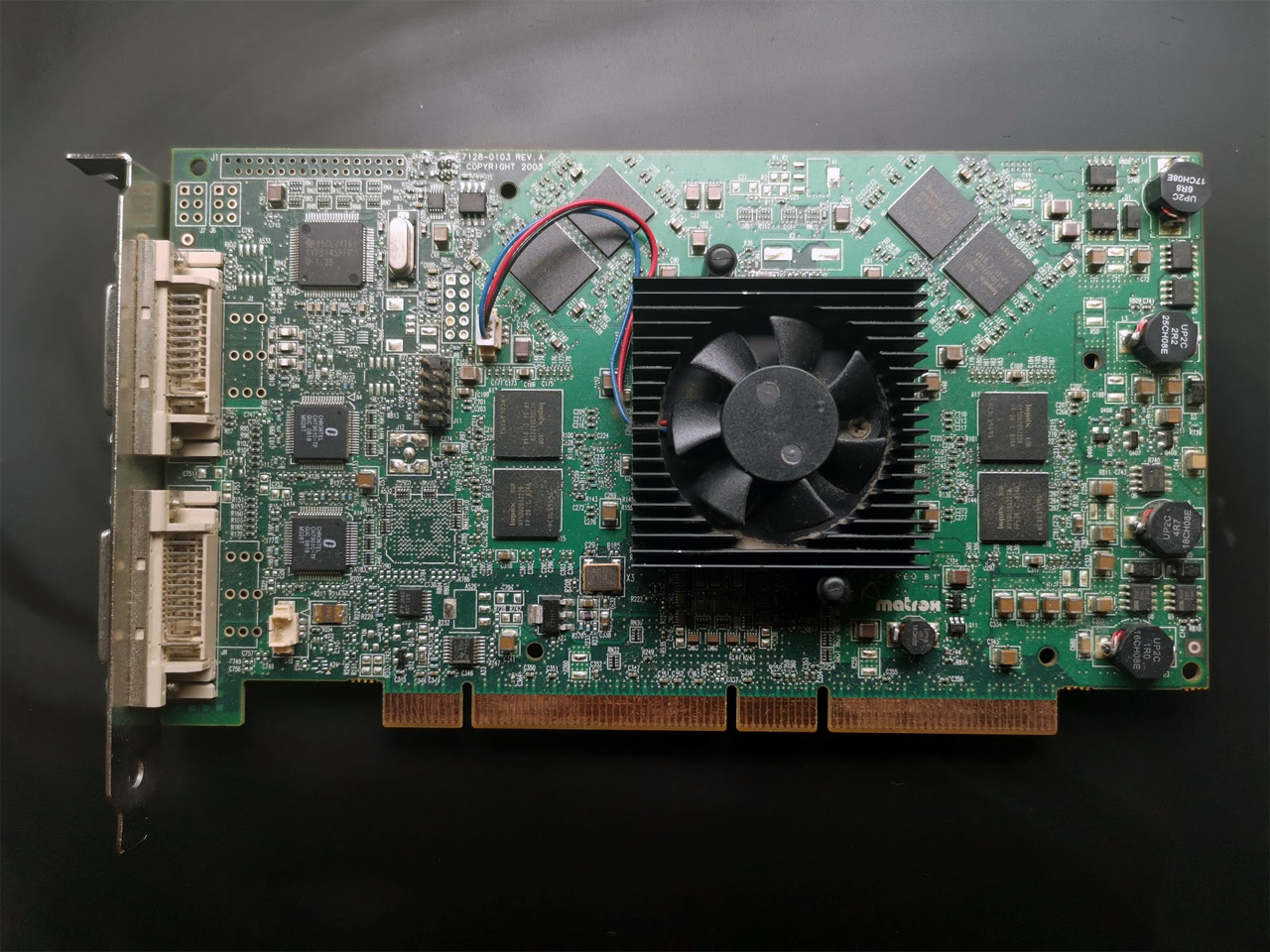My experience with PCI-X is mostly about some LSI HBAs. The PCI-X slots can indeed provide bandwidths capable of saturating SATA2 (300MByte/s) speeds so you can run decent SSDs on them.
Theoretically PCI-X can be used for many things just like PCI, but unfortunately it only saw very limited use cases. Things like USB 3.0 should be possible on PCI-X but no one has ever made such cards, as by the time USB 3.0 came out (2008) PCI-X has long been superseded by PCIe.
On the other hand, PLX had a bridge chip called PEX8114 which can be used to convert between PCI-X and PCIe (x4), though so far I only found it being used as a forward bridge on some signal acquisition cards that connects to the PC via PCIe x4 interface. While PEX8114 can be configured as a reverse bridge (that connects to the PC via PCI-X) just like its PCI counterpart (PEX8111/PEX8112), no one's making such an adapter for PCI-X boards, even though a development kit (RDK) for PEX8114 in reverse bridge mode existed from what I could find on google.

